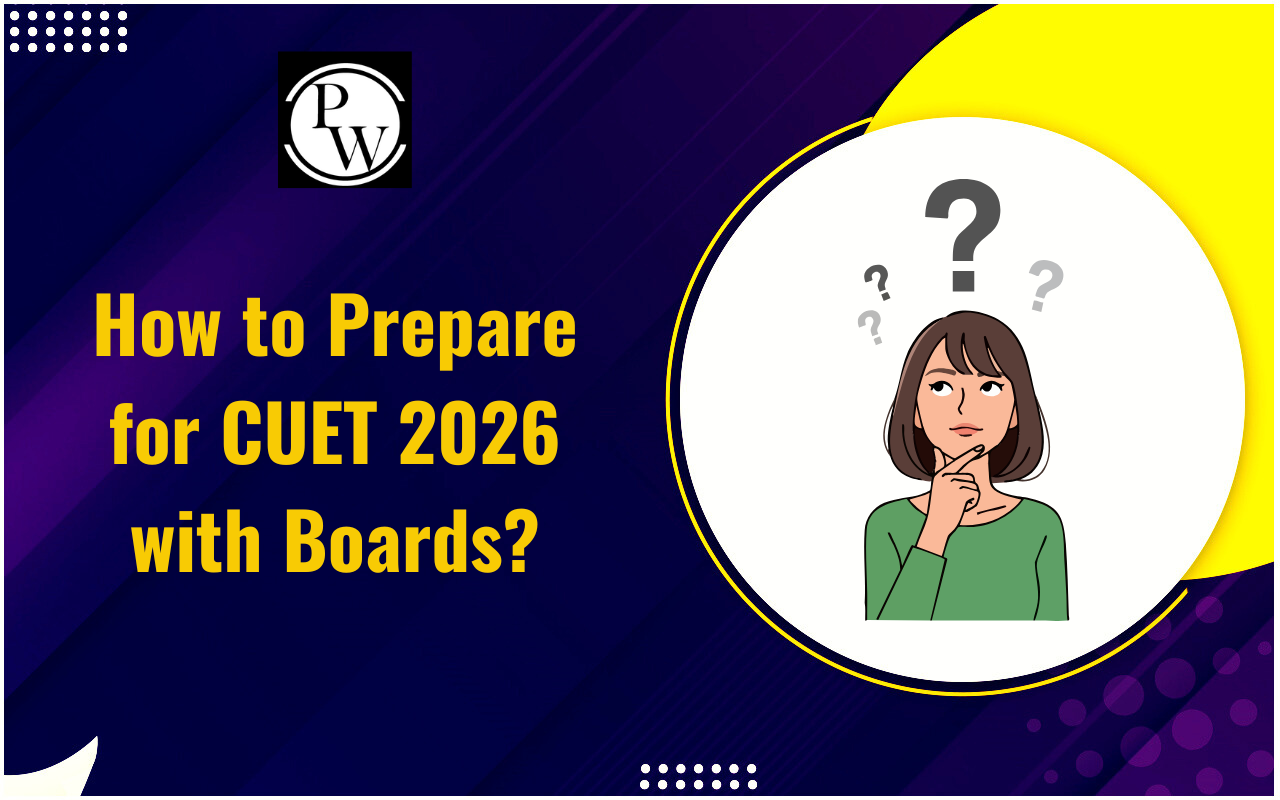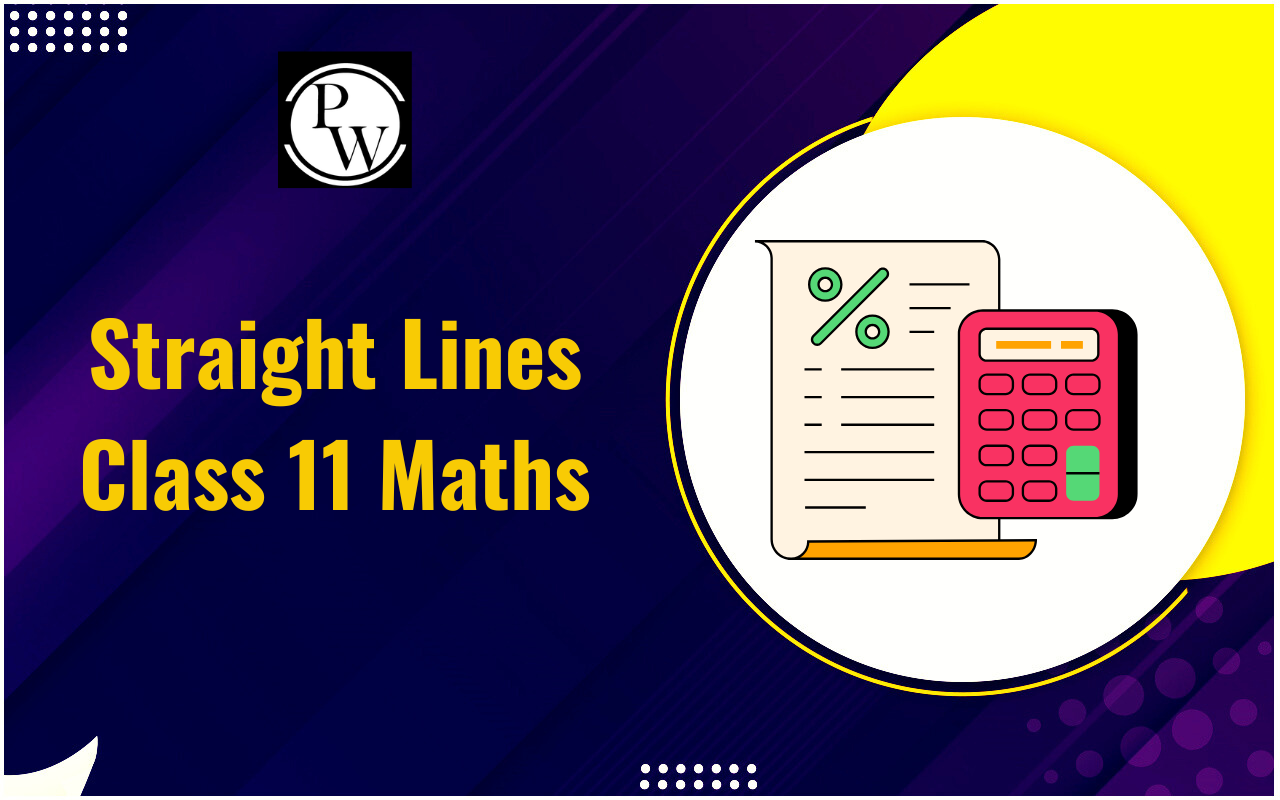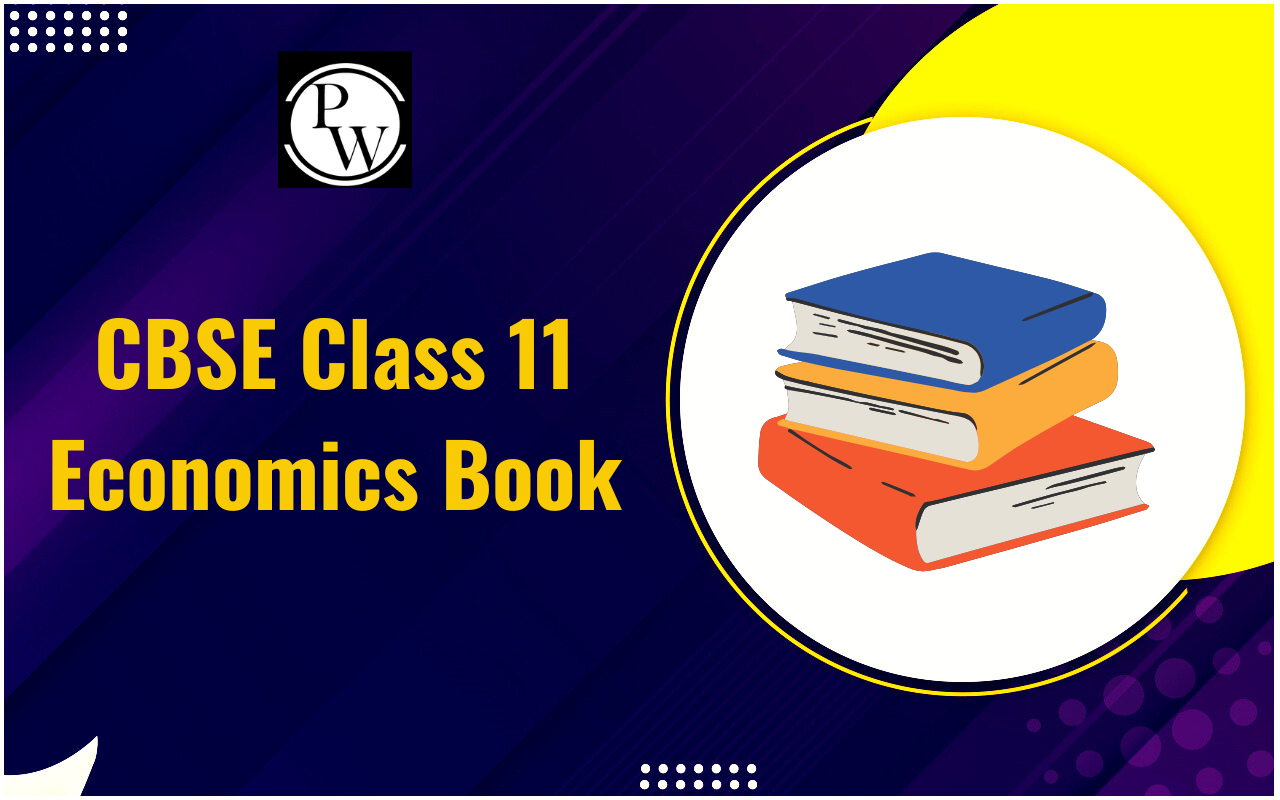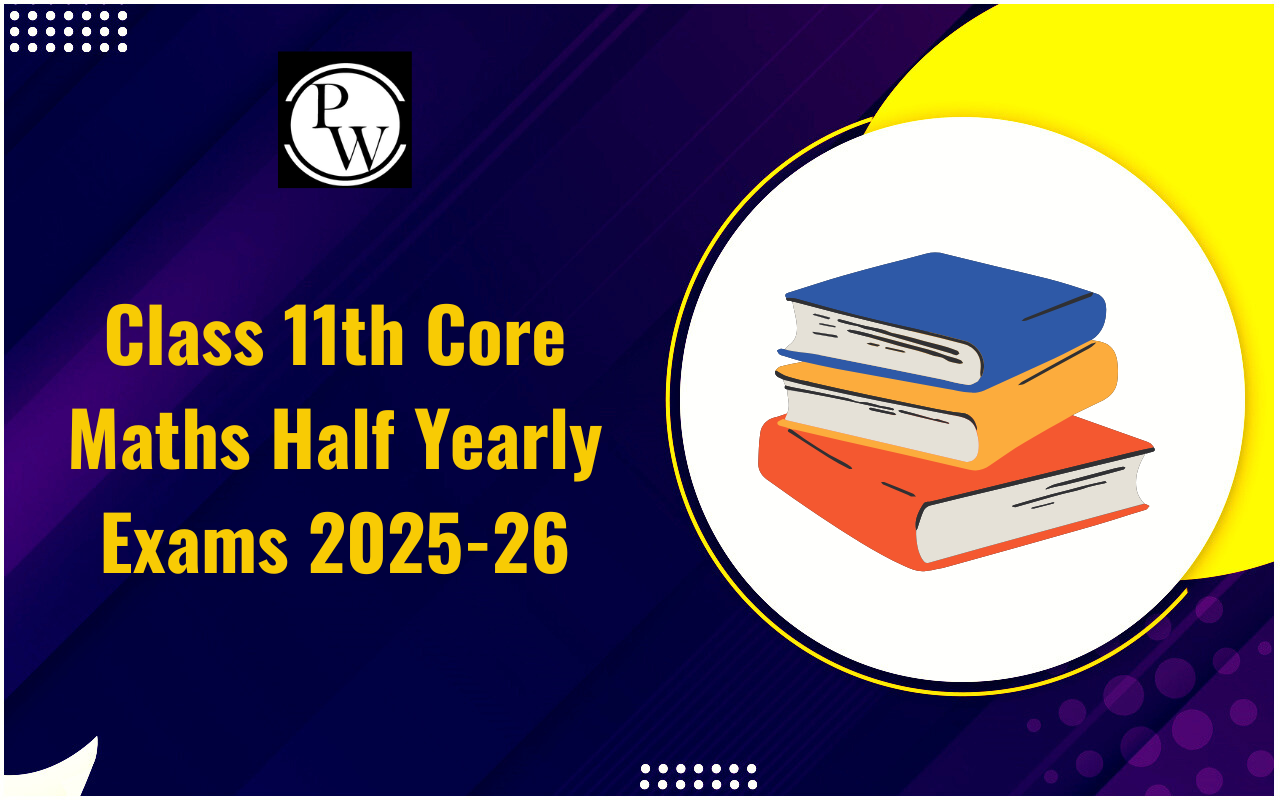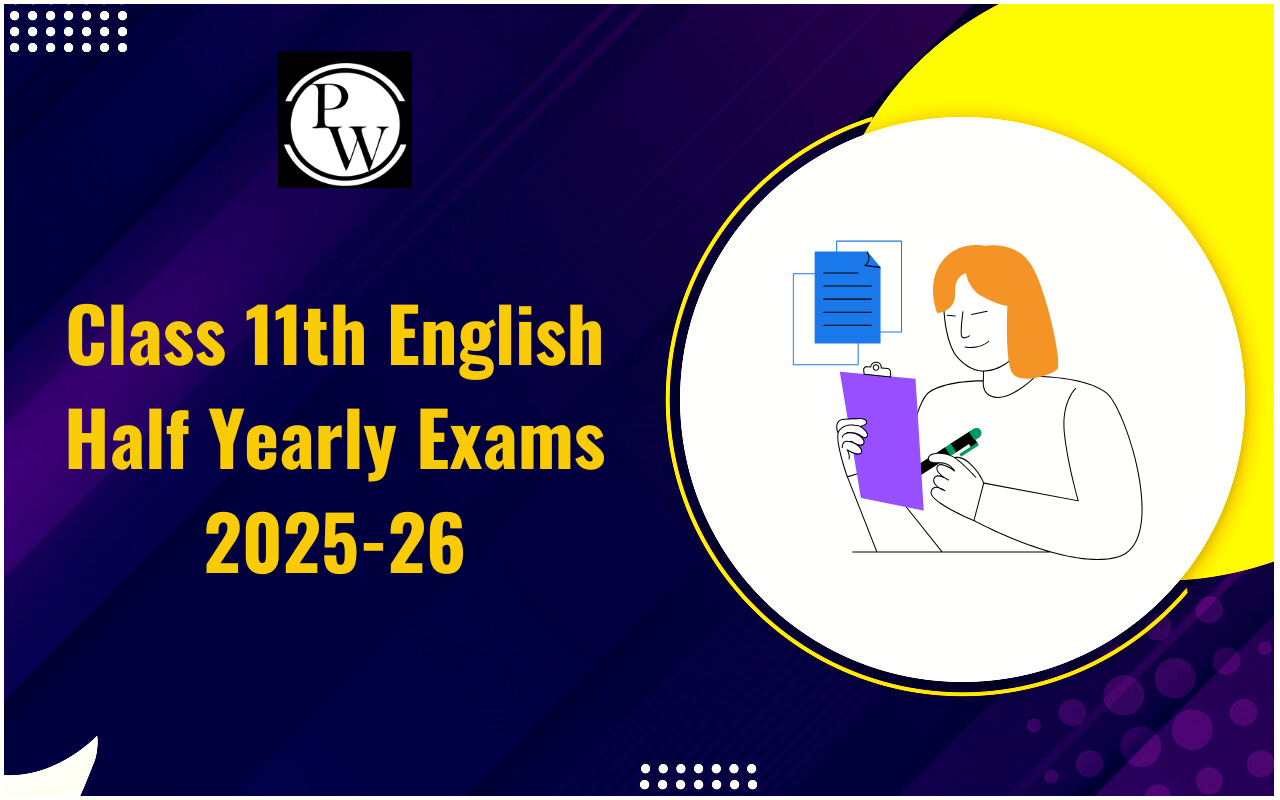
The primary distinction between a Balance Sheet and Consolidated Balance Sheet is their scope. A regular Balance Sheet displays a company's financial state at a certain time, illustrating its assets and liabilities. However, a Consolidated Balance Sheet goes beyond this by adding the financial information from subsidiary companies as well. It gives a complete assessment of the whole company group's financial status.
The company's financial information is presented in the balance sheet and the consolidated balance sheet. The consolidated balance sheet expands the standard balance sheet, offering additional data and insights.
Definition of a Balance Sheet
A balance sheet is a crucial financial statement that provides an instant picture of a firm's financial status at a fixed moment. It is frequently employed by investors, lenders, and advisors to evaluate the overall fiscal health of an organization.
Definition of a Consolidated Balance Sheet
A consolidated balance sheet is a financial statement that provides a comprehensive overview of the parent company and its subsidiary companies' assets, liabilities, and equity. It depicts the financial position of the entire corporate group as a single entity. This becomes particularly important when the company has ownership or control over subsidiary businesses.
Components of a Balance Sheet
In a balance sheet, a company's assets, liabilities, and shareholders' equity are presented in an organized manner. These essential elements are broken down as follows:
Assets: These are items of worth that the firm holds, such as cash, inventories, buildings, and equipment. Assets are classed as either current (those anticipated to be turned into cash within a year) or non-current (long-term assets like property and equipment).
Liabilities: Liabilities indicate the company's financial commitments, including loans, overdue payments, and other debts. Like assets, liabilities are categorized as current (short-term commitments) or non-current (long-term debts).
Shareholders' Equity: This is the part of a company's assets that belong to its shareholders, sometimes referred to as owner's or stockholders' equity. It's computed as the difference between a company's total assets and its liabilities.
Differences and Similarities Between Balance Sheet and Consolidated Balance Sheet
The balance sheet and consolidated balance sheet serve the same purpose but contain some notable differences. Here, we compare the two financial statements, highlighting their disparities and similarities.
Differences between Balance Sheet and Consolidated Balance Sheet:
| Aspect | Balance Sheet | Consolidated Balance Sheet |
| Focus | Single, standalone company | Entire corporate group, including subsidiaries |
| Content | Assets, liabilities, and equity of one company | Assets, liabilities, and equity of the entire corporate group |
| Scope | Snapshot of one company's financial position | Snapshot of the entire corporate group's financial position |
| Purpose | Evaluate the financial health of one company | Assess the financial strength of the corporate group as a whole |
| Consolidation | Does not consolidate subsidiary data | Involves consolidation of subsidiary financial data |
| Typical Use | Company analysis by investors and creditors | Analyzing corporate group performance with subsidiaries |
Similarities Between Balance Sheet and Consolidated Balance Sheet:
| Aspect | Balance Sheet and Consolidated Balance Sheet |
| Financial Snapshot | Give a brief overview of the state of the financial situation at a certain period. |
| Categories Included | Include categories for assets, liabilities, and shareholders' equity |
| Accounting Principles | Follow generally accepted accounting principles (GAAP) or International Financial Reporting Standards (IFRS) for accurate reporting |
| Stakeholder Use | Both are crucial tools for investors, creditors, and other stakeholders to assess financial stability and make informed decisions |
Balance Sheet and Consolidated Balance Sheet FAQs
What is the main purpose of a Balance Sheet?
How often should a company prepare a Balance Sheet?
What does a negative balance in shareholders' equity indicate on a Balance Sheet?
What is the significance of a Consolidated Balance Sheet?
When is a Consolidated Balance Sheet necessary?

